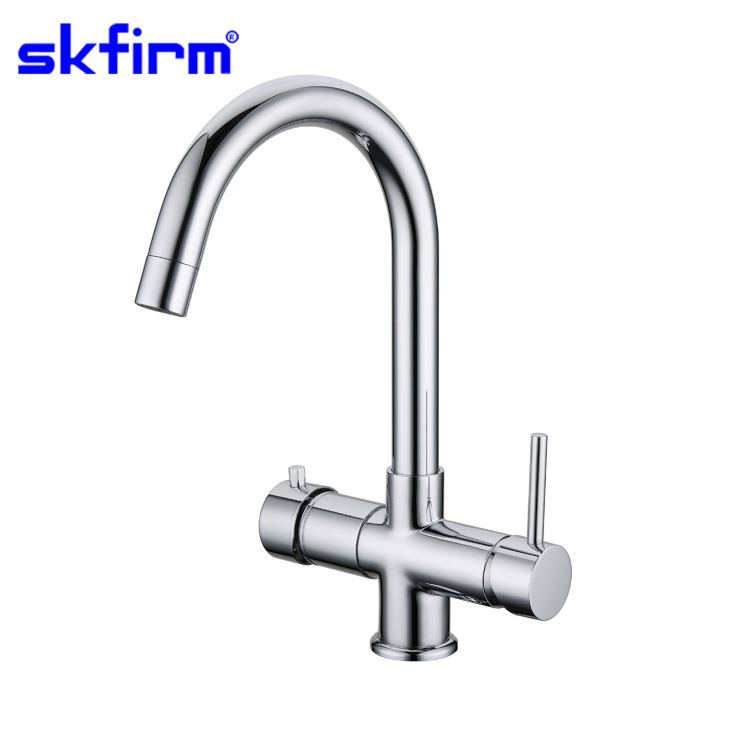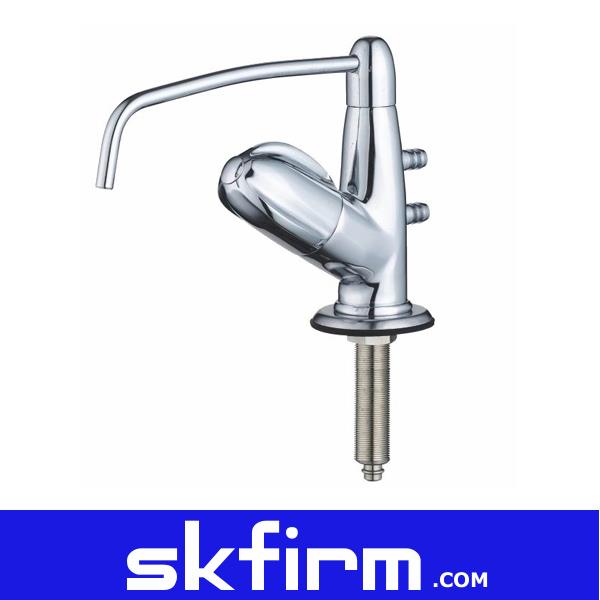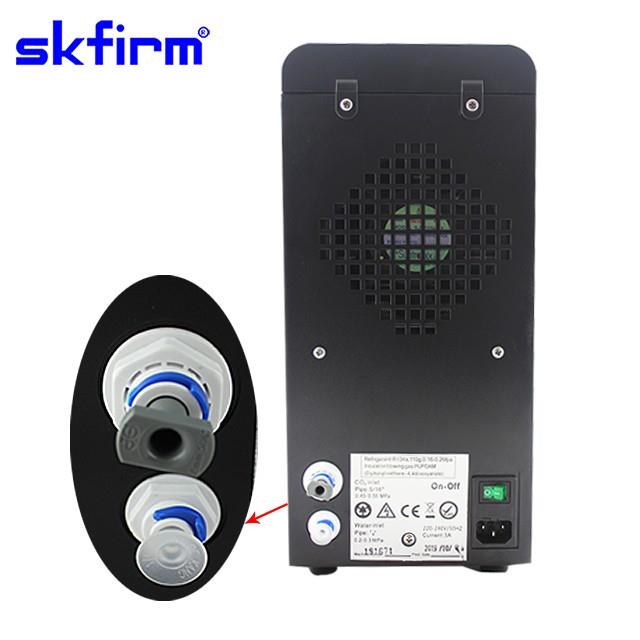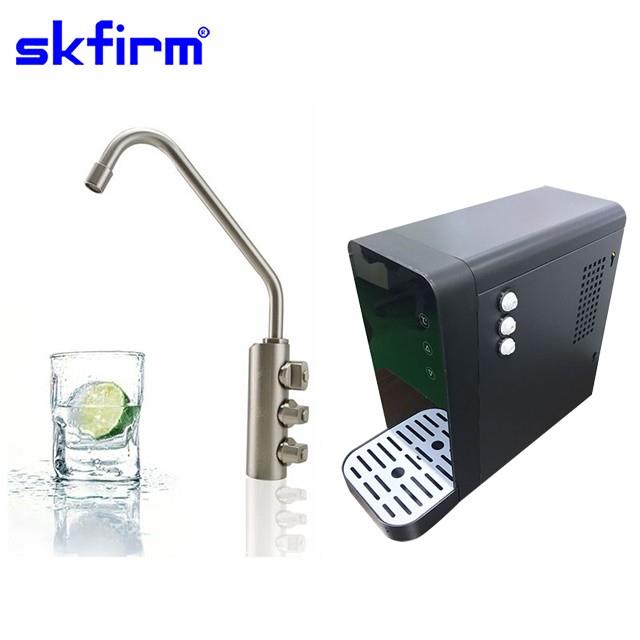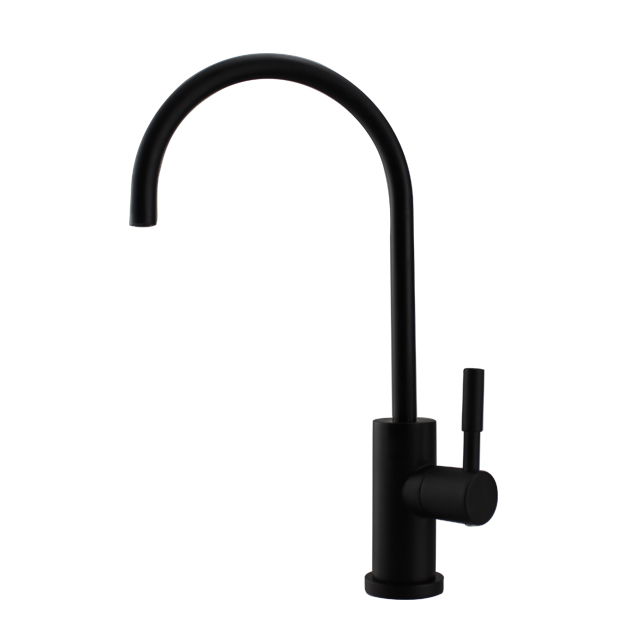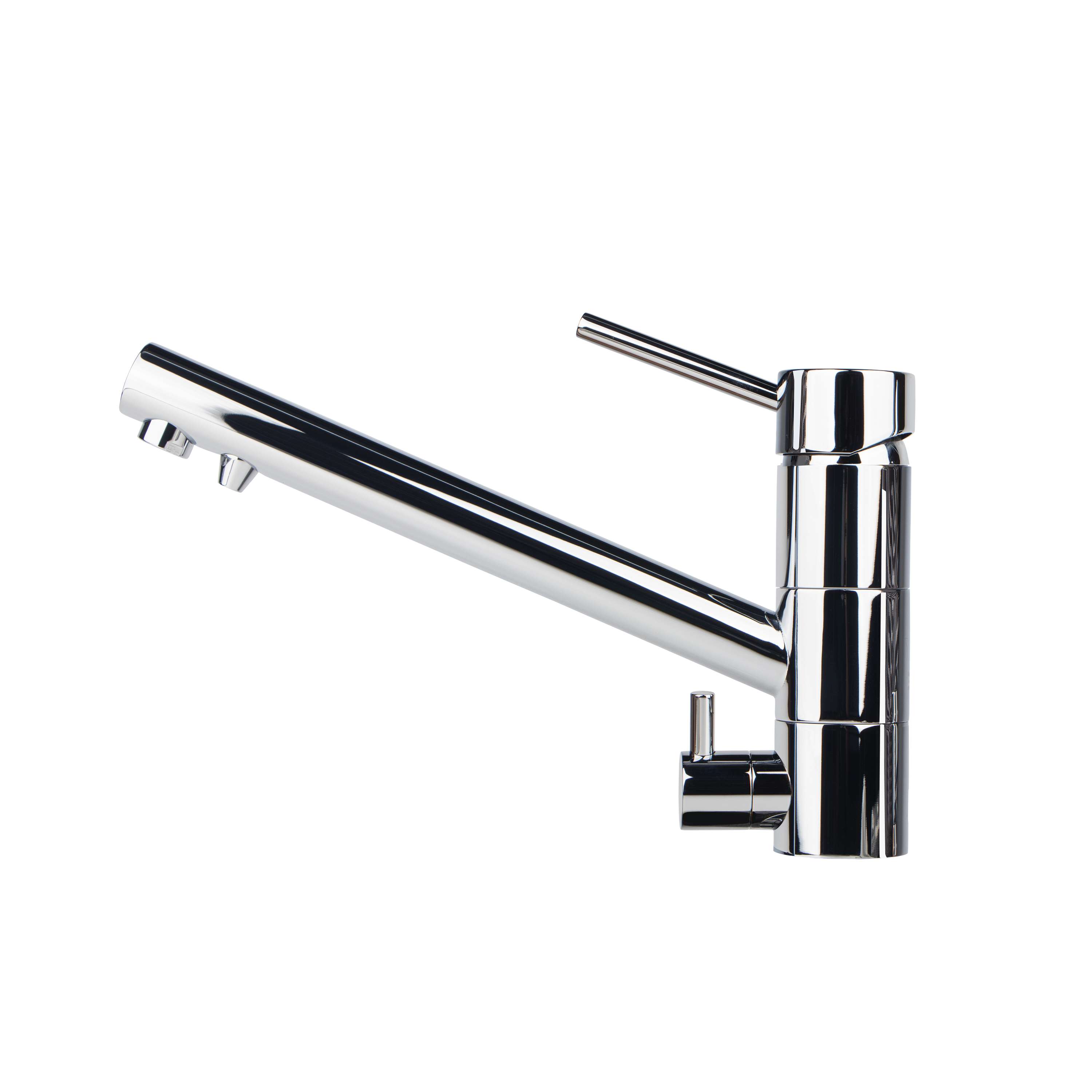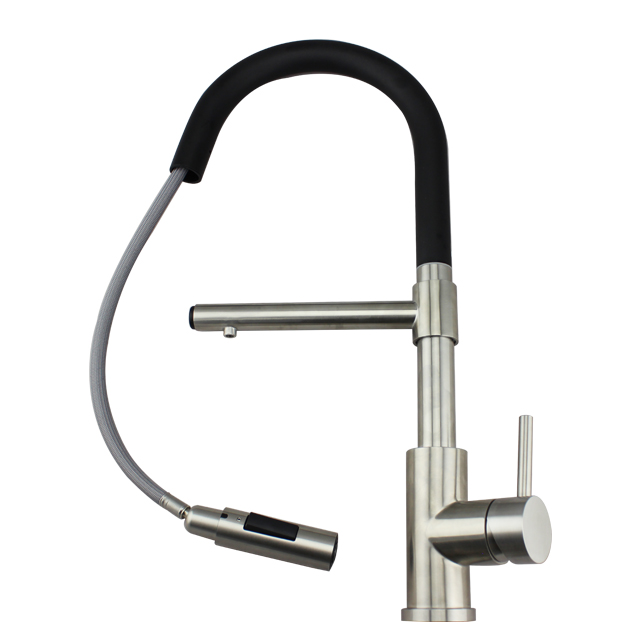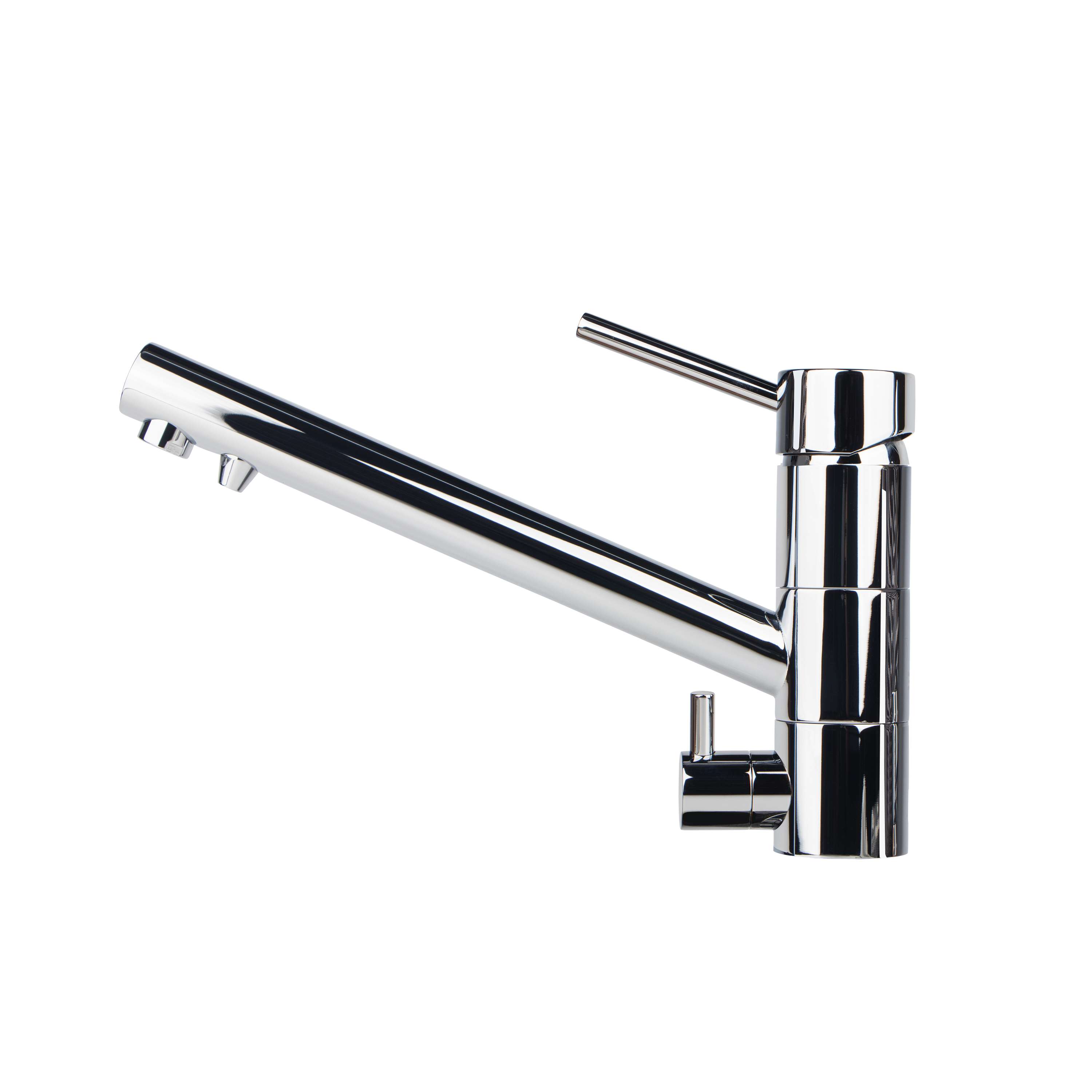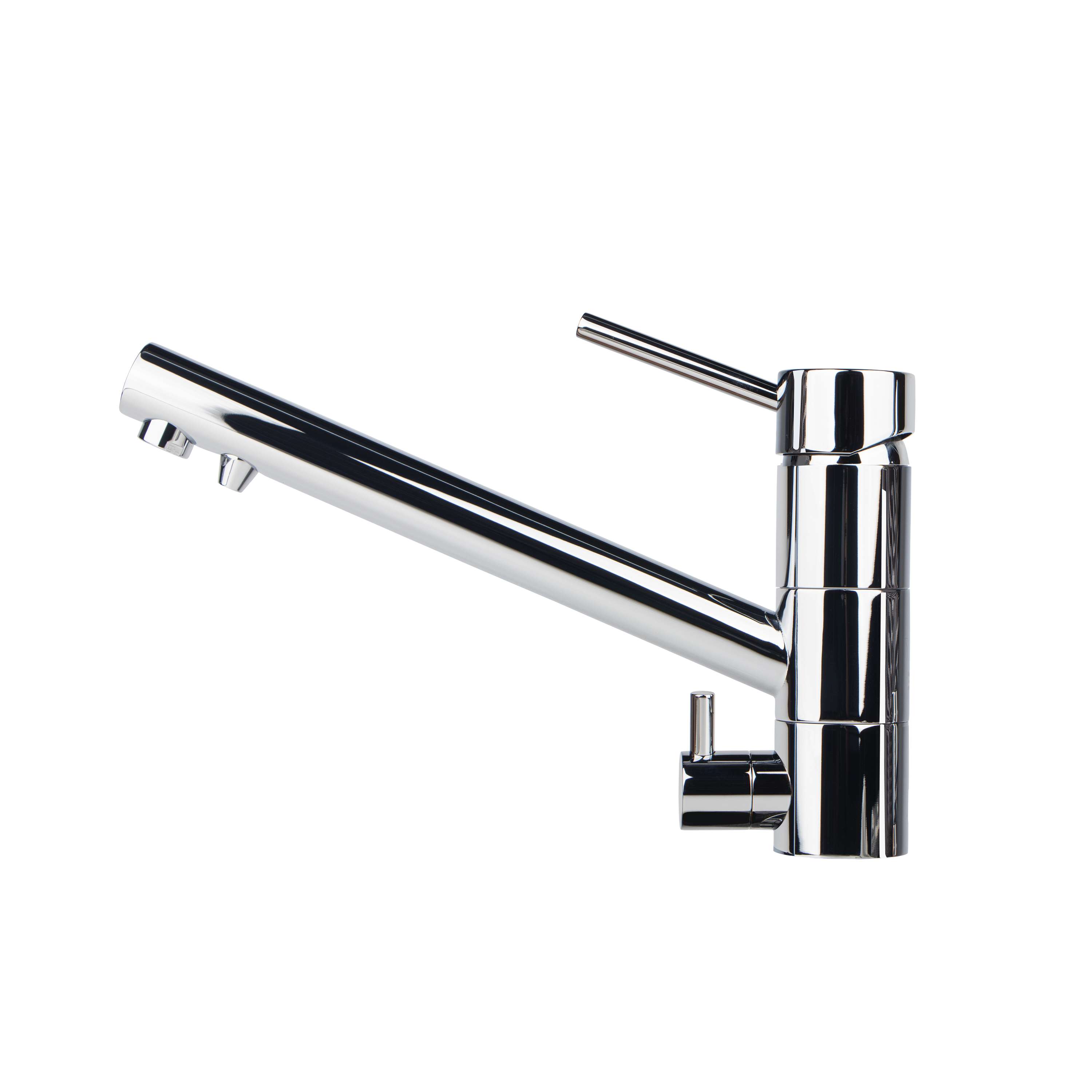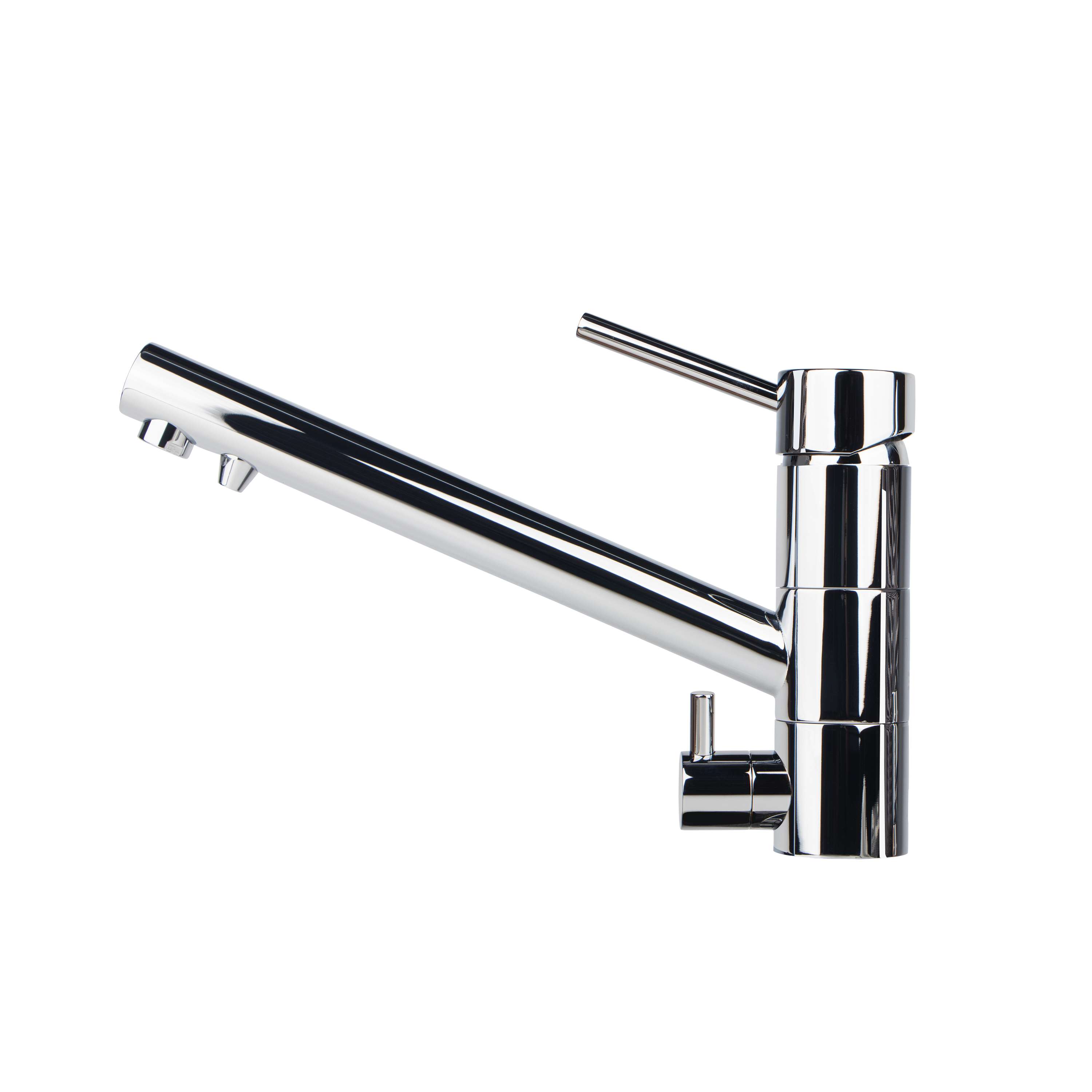A triflow kitchen tap is a sophisticated and innovative type of kitchen faucet that allows users to access three different types of water—hot, cold, and filtered—through a single tap. This design offers a practical and efficient solution for households, ensuring convenience, water quality, and ease of use. The system is particularly popular in modern kitchens due to its multifunctionality, sleek appearance, and the growing demand for filtered water. In this article, we will explore the working mechanism of a triflow kitchen tap, its components, and the benefits it brings to everyday kitchen use.
Overview of the Triflow Kitchen Tap
A triflow kitchen tap works by combining three separate water channels within a single faucet, each channel serving a different function:
- Hot Water: Delivered from the home’s hot water supply, typically from a boiler or water heater.
- Cold Water: Supplied directly from the mains or a cold water storage tank.
- Filtered Water: Passed through an integrated water filtration system to remove impurities such as chlorine, heavy metals, and sediments, providing clean drinking water.
Unlike standard taps that only supply hot and cold water, a triflow kitchen tap includes a third channel dedicated to filtered water, providing the user with an all-in-one water solution at their sink. This combination eliminates the need for separate filtration systems or additional taps, making it a highly convenient option.
Key Components of a Triflow Kitchen Tap
It is more complex than a regular tap due to its ability to handle three types of water. Understanding its key components can shed light on how this system works seamlessly.
1. Tap Body and Spout
The tap body houses the channels that carry the three different water types. Inside the tap body, each water type—hot, cold, and filtered—flows through separate passages to ensure there is no cross-contamination. The spout is the outlet from which the water is delivered, and depending on the design, there may be a dedicated nozzle for filtered water to keep it separate from the unfiltered hot and cold streams.
- Spout Design: Triflow taps usually feature a spout with two outlets. One is for the regular water (hot and cold), and the other is for filtered water. This ensures that filtered water remains uncontaminated and is easy to access directly for drinking or cooking.

2. Valve Mechanism
The heart of the triflow kitchen tap is its valve mechanism, which controls the flow of the three different types of water. It typically consists of ceramic disc valves for hot and cold water, ensuring durability and smooth operation.
- Hot and Cold Valves: These valves are typically controlled by a lever or handle, allowing the user to mix the hot and cold water to achieve the desired temperature.
- Filtered Water Valve: This valve is separate from the hot and cold controls. It is often activated by a dedicated lever or button that opens the filtered water channel when needed. This valve ensures that filtered water does not mix with the regular water supply, maintaining its purity.
3. Water Filtration System
A crucial part of the triflow kitchen tap is its water filtration system, which is installed under the sink. The filtration unit typically consists of several stages designed to remove impurities from the water, such as chlorine, sediment, heavy metals (like lead), and other contaminants that affect water quality and taste.
- Filter Cartridge: The filtration system relies on a replaceable cartridge that contains various filter media, such as activated carbon or ceramic elements. These cartridges need to be replaced periodically, depending on the usage and the quality of the incoming water.
- Connection to the Tap: The filtered water is carried from the filtration system through a dedicated pipe, ensuring it bypasses the standard plumbing used for hot and cold water. This pipe connects directly to the filtered water valve in the tap.
4. Handles and Levers
Most triflow kitchen taps have a dual-lever or tri-lever design to control the water flows:
- One Handle for Hot and Cold Water: This lever usually controls the mix of hot and cold water and adjusts the temperature by blending the two streams.
- Separate Handle for Filtered Water: A dedicated handle or lever controls the flow of filtered water, preventing it from mixing with the hot and cold water. This feature ensures that when filtered water is selected, only purified water comes out of the tap.
5. Aerator and Nozzle
The aerator in a triflow tap is a small device fitted at the end of the spout that mixes air with the water stream, reducing water consumption and improving the flow. Many triflow taps also feature a specialized nozzle for filtered water to further enhance the separation between filtered and regular water flows.
- Dual Nozzle System: In some designs, the tap has two separate nozzles—one for hot and cold water and another for filtered water. This physical separation helps maintain the integrity of the filtered water by preventing it from coming into contact with other water types.
How the Triflow Kitchen Tap Works
The functioning of a triflow kitchen tap involves managing and delivering water through three separate systems while ensuring they don’t interfere with each other. Here’s a detailed breakdown of how the tap operates in practice.
1. Delivering Hot and Cold Water
When you turn on the hot and cold water handle of a triflow kitchen tap, the ceramic disc valves inside the tap body open, allowing hot and cold water to flow through the respective channels. By adjusting the handle, you can control the ratio of hot to cold water, thereby adjusting the temperature to your preference.
- Hot Water: Hot water is typically supplied from the home’s boiler or hot water tank, running through its own channel in the tap body to the spout.
- Cold Water: Cold water comes from the main supply or a cold storage tank and is similarly channeled through a separate passage.
Both streams are mixed in the spout or at the valve, depending on the design, and delivered through the same nozzle.
2. Delivering Filtered Water
The process of delivering filtered water through a triflow kitchen tap is distinct from the regular hot and cold water flow. When the filtered water handle is activated, it opens a separate valve connected to the filtration system. Water is drawn from the cold water supply, passed through the filter under the sink, and then flows through a dedicated channel to the spout.
The filtered water travels separately from the hot and cold water to prevent any contamination, ensuring that only pure, filtered water reaches the outlet. In taps with a dual-nozzle design, filtered water is dispensed from a distinct nozzle to further maintain its purity.
3. Preventing Cross-Contamination
One of the major concerns when combining multiple water types in a single tap is cross-contamination. The design of a triflow kitchen tap specifically addresses this by ensuring that the hot, cold, and filtered water never mix within the faucet body. This is achieved through:
- Separate Channels: Each water type flows through its own channel, from the pipes through the tap body to the spout, ensuring that the water types are physically isolated.
- Dedicated Nozzle for Filtered Water: Some triflow taps feature a dual-nozzle spout, with one outlet reserved for filtered water. This prevents any accidental mixing of regular and filtered water, maintaining the quality of the filtered supply.
4. Filtering Process
The filtering process in a triflow kitchen tap involves several stages to remove impurities. As the cold water flows into the filtration system, it passes through a series of filter media, which may include:
- Sediment Filter: Removes larger particles like sand, dirt, and rust.
- Activated Carbon: Absorbs chlorine, volatile organic compounds (VOCs), and chemicals that affect the taste and odor of the water.
- Specialized Filters: Some systems include filters for specific contaminants like heavy metals or fluoride.
Once the water has been filtered, it is channeled back to the tap through a dedicated line, ensuring the filtered water remains clean and uncontaminated until it reaches the user.
Advantages of a Triflow Kitchen Tap
There are several key benefits to using a triflow kitchen tap in a modern kitchen:
- Convenience: Users can access hot, cold, and filtered water from a single tap, eliminating the need for additional filtration systems or separate taps.
- Space-Saving: With three water functions integrated into one tap, kitchen space is optimized, and clutter is reduced.
- Filtered Water on Demand: Filtered water is always available at the tap, providing clean, safe drinking water without the need for bottled water or standalone filters.
- Energy Efficiency: By using a single spout for hot and cold water, less energy is wasted, and water consumption is more efficient, especially when paired with aerators.
- Aesthetic Appeal: They are sleek and modern in design, often becoming a focal point in contemporary kitchens.
Conclusion
A triflow kitchen tap is a versatile and efficient kitchen solution, designed to deliver hot, cold, and filtered water through a single unit while maintaining the integrity and quality of the water streams. Its innovative design prevents cross-contamination, offers convenient access to filtered drinking water, and enhances the functionality of any kitchen. Through a combination of advanced valve systems, dedicated water channels, and integrated filtration, a triflow tap significantly improves the kitchen water experience while maintaining a sleek and modern aesthetic.



